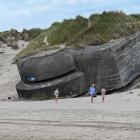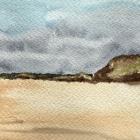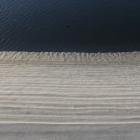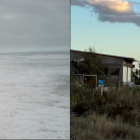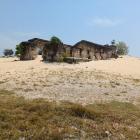Travelling Artists Exploring Southern Brazil
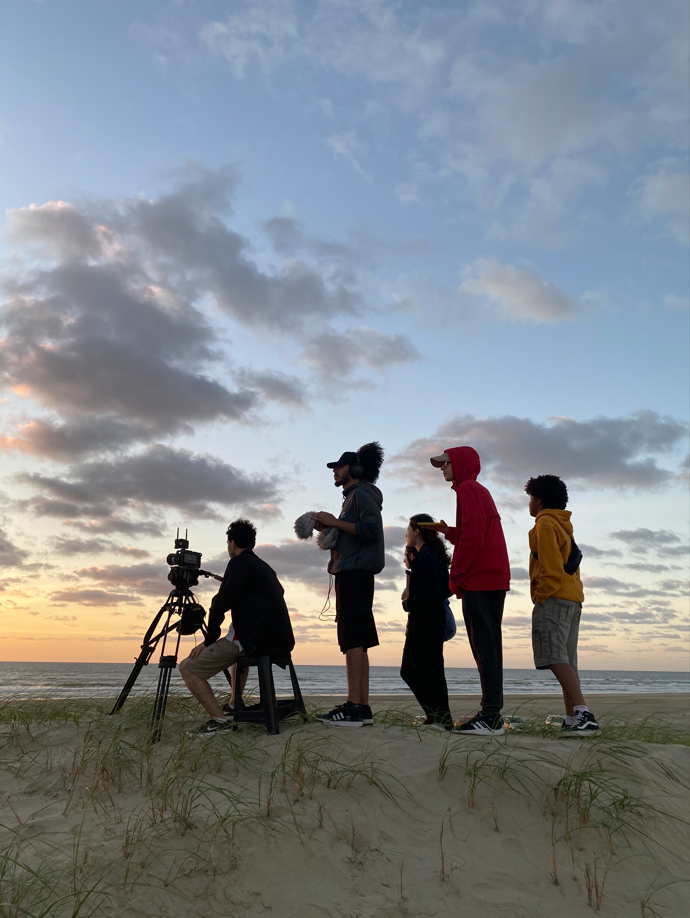
Travelling Artists Exploring Southern Brazil
Travelling Artists Exploring Southern Brazil
Photograph by Cláudia Feltrin
 This work is licensed under a Creative Commons Attribution 4.0 International License.
This work is licensed under a Creative Commons Attribution 4.0 International License.
In Théorie du voyage: Poétique de la géographie (2007), the philosopher Michel Onfray highlights how travelers use various techniques to aid their memory. Describing various practices, Onfray illustrates how a traveler acts like a cartographer, recording details to create physical, mental, and emotional maps. This approach is similar to that of artist-travelers, as both aim to capture and preserve the memories of their journeys. But what sets them apart? The practices of an ordinary traveler may seem similar to those of an artist-traveler, who also notes, sketches, photographs, types, and records their pilgrimage. However, their intentions diverge: while the everyday traveler seeks to protect and preserve memories, the artist-traveler reshapes them into material for expression, using them to convey their vision to the world.
From this perspective, the photograph presented here reveals the process of creating the documentary Cine Dunas, produced by students of the Cinema Workshop of the OfCine Audiovisual Production Studio, at the Federal Institute of Rio Grande do Sul, where the dunes of the Cassino balneary, situated in southern Brazil, are the protagonists. In this film, which portrays the story of the last sidewalk movie theater on Cassino Beach, a narrative and aesthetic choice was made to begin and end the documentary in the dunes, who give the cinema its name. Its creation involved journeys through the Pampas landscape, forming a textual-imagery-poetic territory in the coastal zone. This journey embraced the littoral as both destination and pathway—a route that reveals our essence, leading us downward to where the earth begins. In this descent, we continue looking further south, reaching points of both endings and beginnings, and renewing our perspective in the spirit of “moving toward the south.”1







